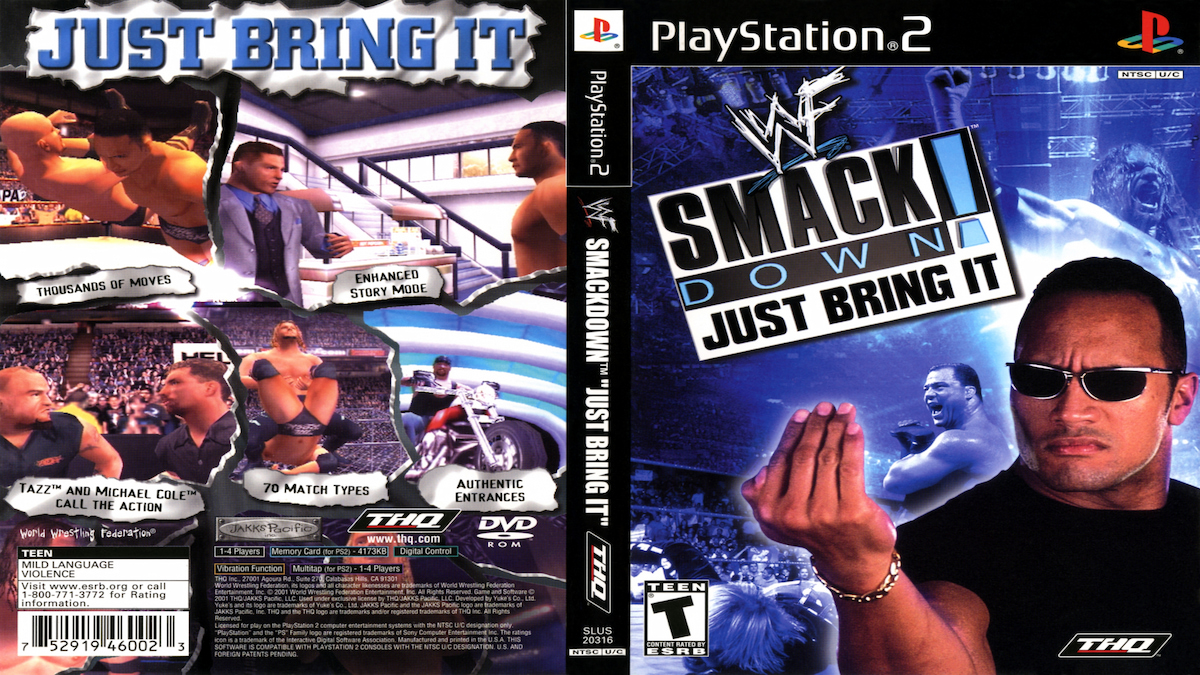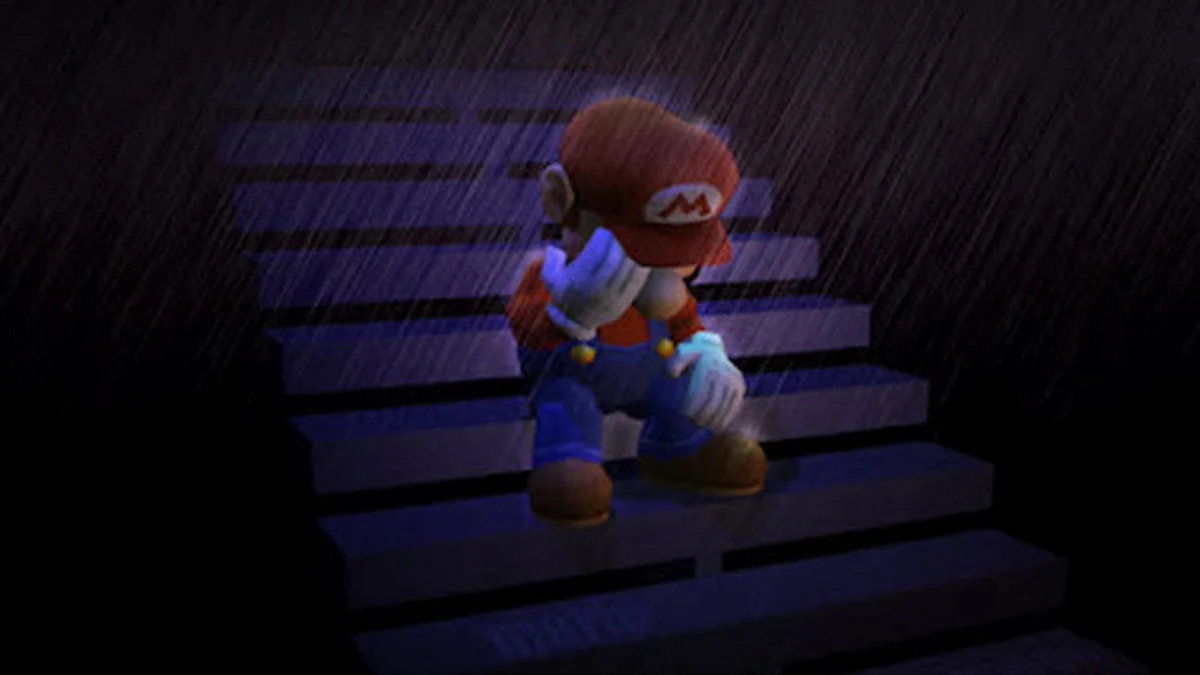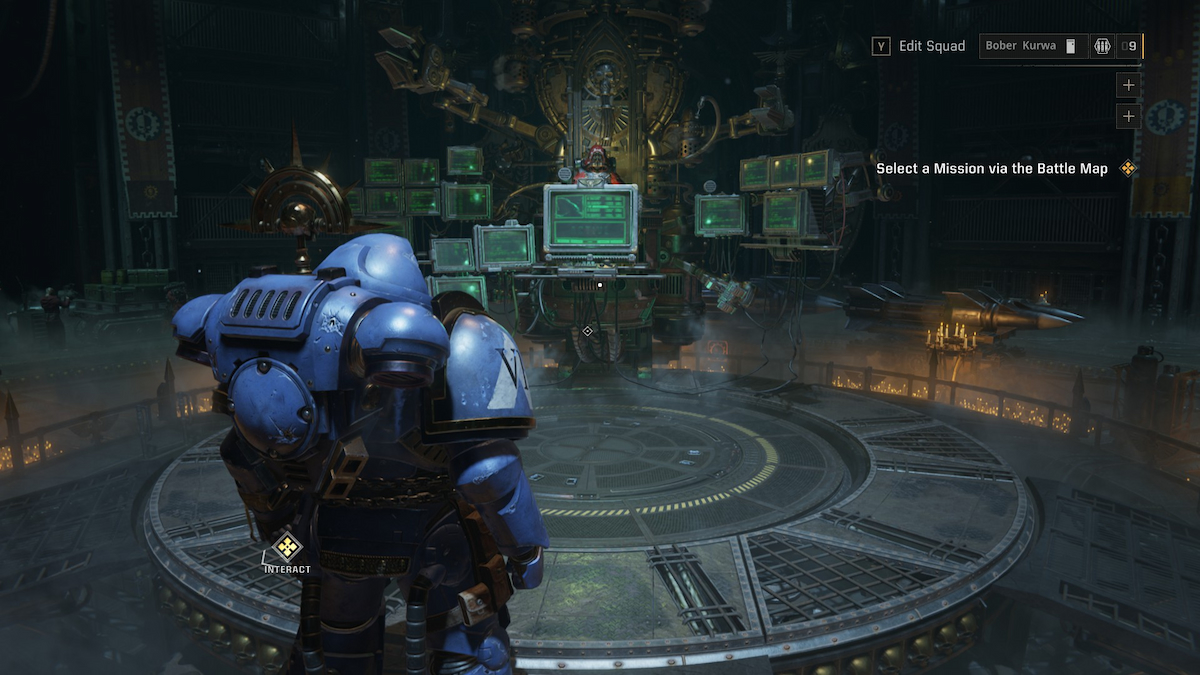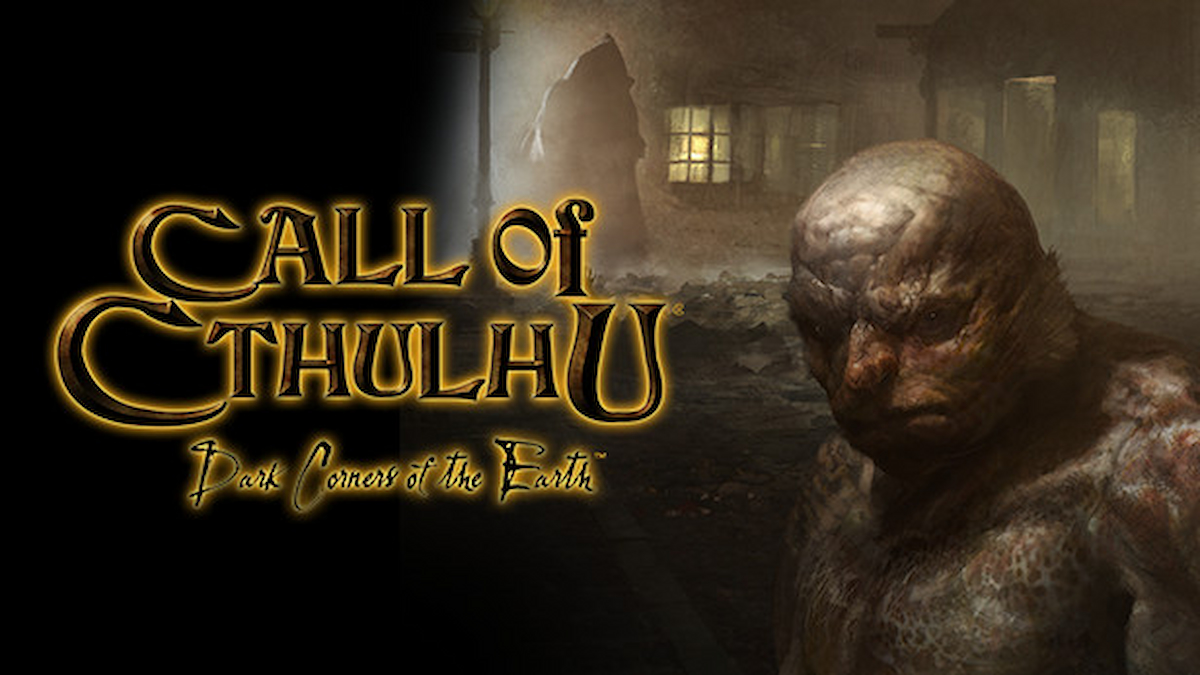Developed and published by Blizzard Entertainment, Overwatch rose to universal fame as a premier first-person shooter with a larger-than-life ensemble. From a super intelligent, genetically modified gorilla to a time-jumping adventurer, the heroes of Overwatch are constantly changing in what proves to be a balancing act between form and function.
With Overwatch League underway, and fresh changes to Mercy and Junkrat in patch 1.19.1.3, we examine five of the most head-scratching nerfs to Overwatch heroes across the game's three-year history.
Best known for his signature Chain Hook, Roadhog is a hardy tank with a sizable health reserve. His ability to withstand significant damage and defeat lone, vulnerable heroes with a deadly grab-and-shoot combination (comparable to Reinhardt's Charge) allowed him to enjoy a more fluid, offensive playing style rather than relying on team support for enemy confrontations; however, changes to his damage output (introduced to the public test region on May 31, 2017) dynamically shifted his presence on the battlefield.
Roadhog's primary weapon, Scrap Gun, saw a 30% increase to its firing rate and a boost to the character's ammo clip from four to five. The trade-off: Roadhog's damage output was reduced by 33%, virtually crippling his famous one-shot kill combination.
According to the patch notes, Blizzard Entertainment explained Roadhog was simply too powerful and sought to balance the character by alternating "fire burst damage potential while still keeping his DPS roughly the same." While the patch may have remodeled Roadhog as a traditional tank, it detracted from the character's threatening nature as a ruthless killer.
Ana's versatility as a support class made her a popular choice among Overwatch players, as her damage and healing abilities allowed her to adapt to game-making confrontations with ease. Ana mains enjoyed the character's buff and debuff-inspired kit to move freely without the support of team members, demonstrating the character's capability of being an effective hero.
A PTR patch released in March 2017 upended Ana's performance by heavily altering the impact of her Biotic Rifle and Biotic Grenade -- a change so drastic that Blizzard Entertainment reverted the PTR values by the next day.
The damage output of Ana's Biotic Rifle was effectively reduced from 80 to 60, and the Biotic Grenade's from 60 to 30; however, the character's most sobering nerf affected the Biotic Grenade's healing output, which saw a 50% reduction.
"Upon testing, feedback, and talking about it... we decided to pull back on the nerfs a bit," wrote Geoff Goodman, a principal designer on the project. Ana's nerfs were restored to live values with the exception of the damage reduction to her Biotic Rifle, which begs the question: why does Egypt's best elite sniper use underperforming weapons?
While the argument can be made the changes were reasonable, the nerf failed to incentivize players to use Ana as a balanced damage-healing hybrid.
Characterized by a fierce desire to win at all costs, D.Va is a mobile tank with a shotgun arsenal. Her nimbleness and high defensive rating made her a formidable Overwatch opponent, but skilled players nevertheless possessed the means to remove her from the field.
Certainly, D.Va mains have long enjoyed the class' balanced kit of defense and offense, using a combination of armor and Fusion Cannons to harass enemy players during combat; however, Overwatch introduced new changes to D.Va's class with Patch 1.7, released on January 24, 2017, that sought to reduce her defensive performance:
- Health increased to 400 from 200
- Armor decreased to 200 from 400
- Fusion Cannons damage output decreased from 3 to 2
- Number of bullets per shot has been increased from 8 to 11
What's important to note is the difference between Overwatch's health and armor ratings. Armor blocks 5 HP of damage for every hit that deals 10 HP or more (with hits dealing less than 10 HP halved), making it particularly effective against heroes using rapid fire weapons. When D.Va is considered, reducing her armor rating by 200 decreases her viability as an aggressive tank.
D.Va excels at crash landing in the midst of enemy players and wreaking havoc, much like her tank counterpart Winston; however, D.Va's previous armor rating of 400 enabled her to withstand enemy attacks long enough for the cooldown on the MEKA's Boosters to expire so she could successfully evade combat.
While the nerf may have been well received by some, it failed to appropriately categorize D.Va as a defensive or offensive tank, striking a mediocre balance that borrowed from both paradigms, which ultimately left players wondering how to play her.
As Overwatch heroes go, Junkrat is a lit fuse. His feverish obsession to cause chaos and destruction is apparent in his deadly arsenal, as players can utilize traps and explosives to defend strategic positions or make an offensive play. Indeed, his RIP-Tire ultimate, ominously announced with a "Fire in the hole!" bark, is as terrifying as McCree's "It's High Noon." But for all the zaniness Junkrat brings to the Overwatch roster, there's one aspect of the character that doesn't make sense.
Patch 1.9.0.2, released on March 21, 2017, introduced a nerf that removed the damage Junkrat sustained as a result of using his Frag Launcher in close combat. As continuity goes, Junkrat has a distinct advantage over his explosive counterparts, such as Pharah, who suffers significant damage from her Rocket Launcher when used at close range -- despite wearing a suit of armor that rivals Reinhardt's.
The nerf may have opened Junkrat to new strategies, but it stressed the disparity in the Overwatch team's approach to balancing heroes.
In the brief history of Overwatch, there is perhaps no greater nerf that lacked intellectual acuity than the patch introduced in the late Beta stages on April 5, 2016, affecting Symmetra. As a seemingly underwhelming support character, Symmetra uses a Photon Projector to cast light-bending abilities, which, in the Beta stage, primarily involved providing a shield boost for allies and creating teleporters.
Indeed, Symmetra’s Teleporter is useful during defensive modes; however, the patch rendered her virtually useless, as the strength of her Photon Shield was reduced by 50%, displacing her as a viable hero. A later patch introduced on April 21, 2016, increased the healing output of Zenyatta’s Orb of Harmony ability by five per second, further incentivizing players to use other support characters in place of Symmetra.
According to patch notes, developers felt Symmetra's win rate was too high, but the nerf ultimately resulted in the character being eclipsed by her class counterparts. Luckily, Blizzard has made significant improvements to Symmetra worthy of the character's fascinating biography.
---
Do you agree with our list? Let us know in the comments below which nerf was the most egregious in Overwatch's history. Be sure to check back with GameSkinny for more on your favorite Overwatch heroes!






Published: Jan 31, 2018 10:35 am